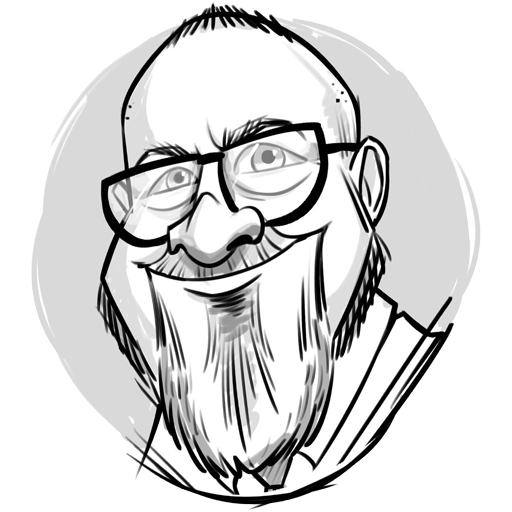 |
| Jose Tomas bullfighting in Barcelona |
Writing in the Unfiltered newsletter, Alexandra Marshall had this to say:
Our Foreign Correspondent of sorts, Michael de Percy, is in Madrid. This anti-Woke destination has a rich culture of bullfighting rather than bug-eating. ‘Creating fake meat in laboratories or eating locusts is somehow deemed to be morally superior. But not in Madrid where the creation and consumption of food is an art form of the highest order.’ I am starting to suspect that Michael is on a food tour of Europe...
Writing in the Morning Double Shot newsletter, Terry Barnes had this to say:
Michael de Percy sees much that is manly and romantic in a Madrid bullfight, while most Anglo-Saxons see it as a barbaric and sadistic practice, where bulls are tormented and killed for entertainment. While he and I can never agree on bullfighting as a ‘sport’, his point about true Spanish culture as not being for the woke is a valid one. We’d just make the additional point, though, that Spain’s best days are centuries behind her, because long ago the Spain of los conquistadores became soft and decadent by the 18th century. And the current Spanish socialist government is more akin to that decline than the rugged manly virtues that de Percy admires and extols.
My latest in The Spectator Australia, Madrid’s bullfighting triumphs over ‘eating ze bugs’.
Madrid’s bullfighting triumphs over ‘eating ze bugs’ | Michael de Percy
— The Spectator Australia (@SpectatorOz) November 23, 2024
---------
For me, Madrid’s history stands as a beacon of hope for Western Civilisation. It is prepared to defend Enlightenment thinking without compromising its cultural heritage.https://t.co/nG7ctu80jJ
 Donate
Donate




















































